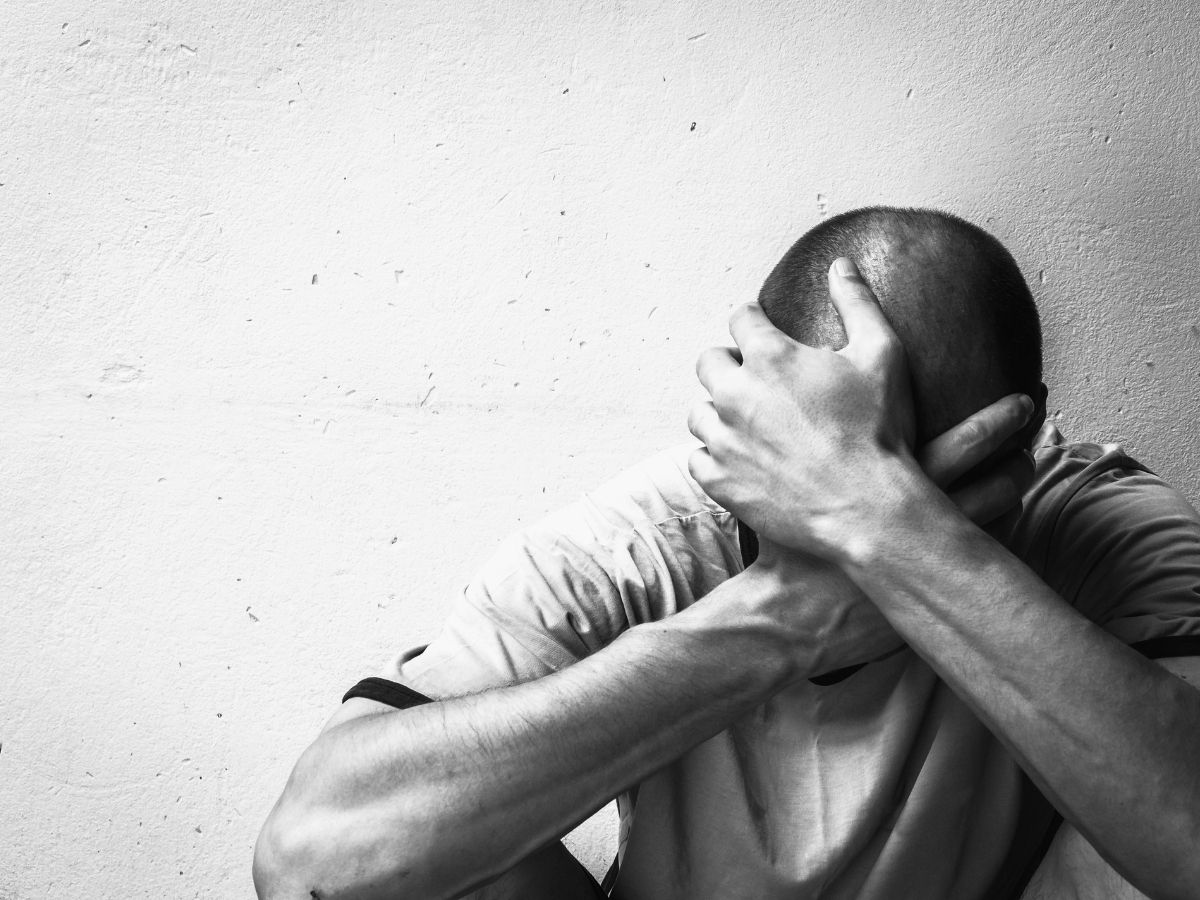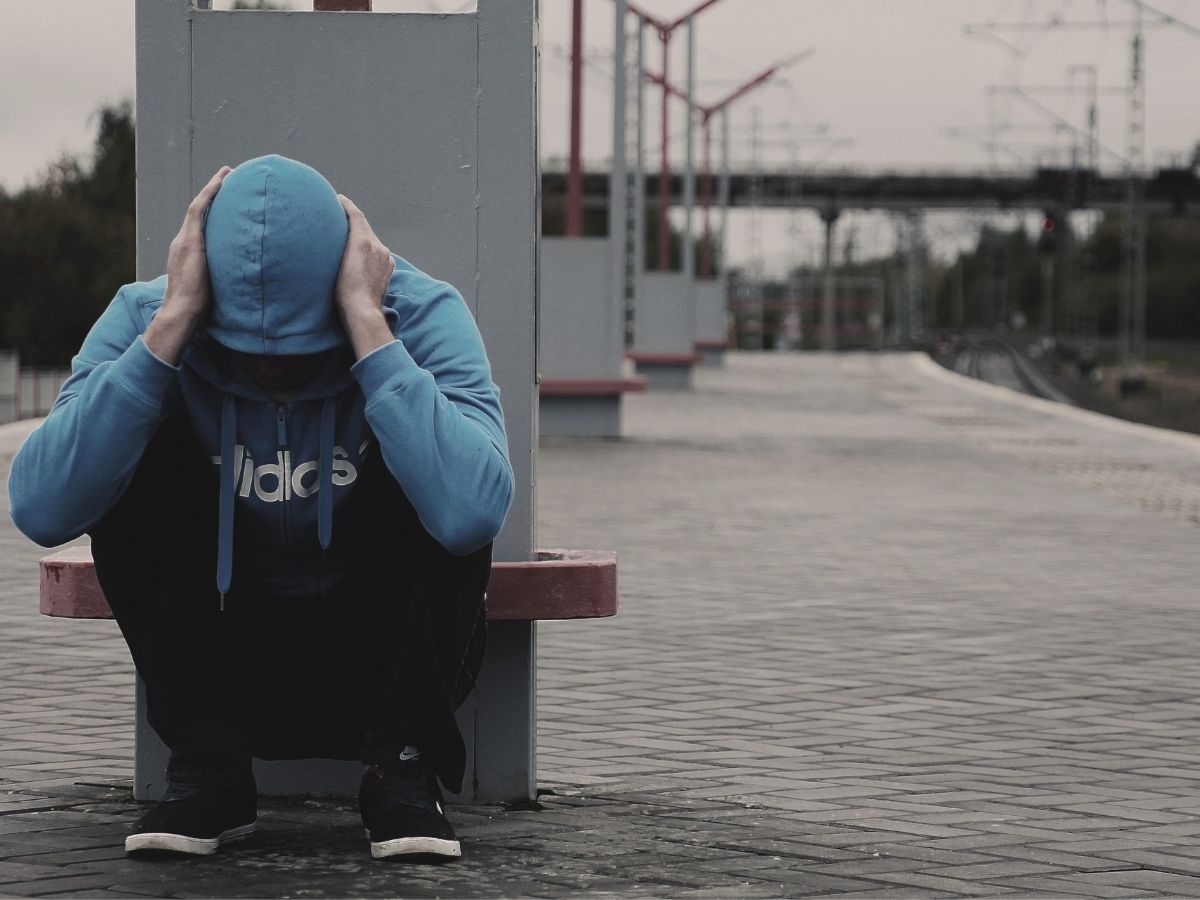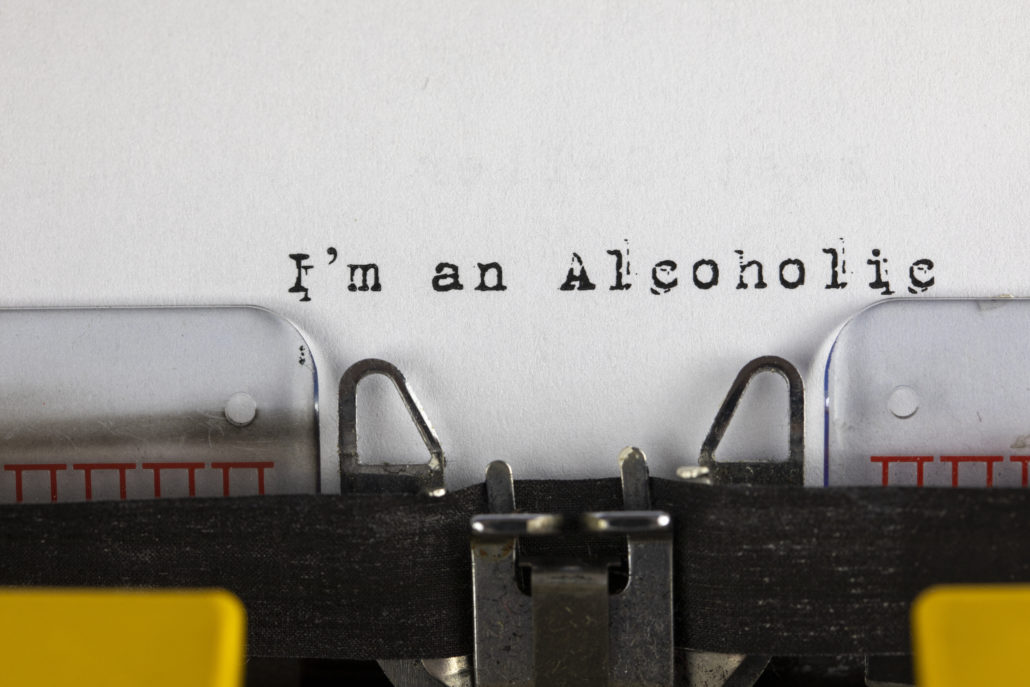How Long Does Opioid Withdrawal Last?
The opioid withdrawal timeline can take days or weeks; the duration depends on the type of substance that’s been abused and how long the drug abuse lasted. Symptoms are similar for all opioids but are of varying severity and duration depending on the opioid taken. For example, physical symptoms of heroin withdrawal commence 6 to 12 hours after the last use and last for approximately five days. Symptoms are very unpleasant, but are rarely life-threatening (providing adequate hydration and electrolyte balance is maintained) and include:

- Lacrimation, rhinorrhoea, and sneezing
- Yawning
- Hot and cold flushes, sweating and piloerection
- Craving
- Anxiety, restlessness, and irritability
- Disturbed sleep
- Gastrointestinal tract symptoms (for example anorexia, abdominal pain, nausea, vomiting, and diarrhea)
- Muscle, bone, and joint aches and pains, headache, muscle cramps
- Tremor
Predictors of Opioid Withdrawal
- Opioid withdrawal is unlikely if use is intermittent only
- High intake for a longer duration (more than six months) is associated with more severe withdrawal
- Short-acting opioids and injected slow-release morphine result in more rapid onset and shorter duration withdrawal.
- Longer-acting opioids (eg methadone, and oral slow-release preparations) result in slower onset, but longer-lasting withdrawal
What Happens During Withdrawal?
Patients in withdrawal should be accommodated away from patients who have already completed withdrawal. Healthcare workers should be available 24 hours a day during the opioid withdrawal timeline. Workers should include:
- A doctor who sees patients on admission and is on call to attend to the patient in case of complications;
- Nurses are responsible for monitoring patients in withdrawal, dispensing medications as directed by the doctor, and providing the patient with information about withdrawal. [1]
The withdrawal management area should be quiet and calm. Patients should be allowed to sleep or rest in bed if they wish, or to do moderate activities such as walking. Offer patients opportunities to engage in meditation or other calming practices. Patients in withdrawal should not be forced to do physical exercise. There is no evidence that physical exercise is helpful for withdrawal management. Physical exercise may prolong withdrawal and make opioid withdrawal symptoms worse.
Patients in withdrawal may be feeling anxious or scared. Offer accurate, realistic information about drugs and withdrawal symptoms to help alleviate anxiety and fears. Do not try to engage the patient in counseling or other psychological therapy at this stage. A person in withdrawal may be vulnerable and confused; this is not an appropriate time to commence counseling.
During withdrawal, some patients may become disruptive and difficult to manage. There may be many reasons for this sort of behavior. The patient may be scared of being in the closed setting, or may not understand why they are in the closed setting. The patient may be disoriented and confused about where they are.

Phase 1 – Six to 24 Hours After Last Use
A person will begin experiencing cravings for opioids shortly after they stop taking them and usually around the time they would have taken their next dose. The half-life of a drug can help predict when these cravings will begin. The half-life of a drug is the period of time it takes the body to eliminate half a dose of it.
Most opioids have a short half-life of just a few hours. Oxycodone’s half-life is 3–5 hours. Methadone has a longer half-life of 8–60 hours. Cravings will get worse and worse over several hours. Some symptoms that a person might experience include:
- Anxiety
- An intense desire to take more opioids in order to feel normal
- Frustration
- A preoccupation with opioids
- Physical symptoms that may get steadily worse
At this stage of the opioid withdrawal timeline, a person may still be able to manage their withdrawal symptoms with distraction, support, or doing something else that leads to pleasure. However, some individuals may require treatment during this stage. [2]
Phase 2 – 24-72 Hours After Last Use
Opioid withdrawal symptoms will become progressively more severe as opioids leave the body. With most drugs, the symptoms are the most intense a day or so after a person stops using. However, extended-release drugs and long-acting opioids may have a later peak, at around 30–72 hours after a person stops using them.
At this peak stage of the opioid withdrawal timeline, a person may feel very sick. Some common symptoms include:
- Mood changes, anxiety, depression, and feelings of hopelessness
- Intense drug cravings
- A strong belief that one needs the drug
- Diarrhea, vomiting, and constipation
- A rapid heart rate
- Increases in blood pressure
- Difficulty sleeping
- Feeling cold or hot
- Sweating
- Flu-like symptoms
This stage of withdrawal is the most powerful, and it is the time when a person is at higher risk of relapse. A person may be unable to distract themselves or think about anything else. They may also be so sick that they cannot get out of bed. [3]
Phase 3 – Post-Acute Withdrawal Syndrome (PAWS)
For most people, symptoms gradually reduce within a week of their last use of the drug. Physical withdrawal should disappear in a week or less, and psychological cravings will be much less intense. However, addiction is a chronic medical condition, and without treatment, a person may still experience mild withdrawal symptoms for months or years after stopping opioid use. This may increase their risk of relapse.
It is important for a person to seek ongoing support and to address any factors that initially caused them to misuse opioids. Such factors might include chronic pain, depression, anxiety, or trauma.
What Are Some Withdrawal Symptoms?
Short-acting opioids (e.g. heroin): Onset of opioid withdrawal symptoms 8-24 hours after last use; duration 4-10 days.
Long-acting opioids (e.g. methadone): Onset of opioid withdrawal symptoms 12-48 hours after last use; duration 10-20 days.
Symptoms include:
- Nausea and vomiting
- Anxiety
- Insomnia
- Hot and cold flushes
- Perspiration
- Muscle cramps
- Watery discharge from eyes and nose
- Diarrhea
Beyond Detox – Residential Rehab & Dual Diagnosis
There are a variety of evidence-based approaches to treating opioid addiction. Drug abuse treatment can incorporate behavioral therapy (cognitive-behavioral therapy or contingency management), medications, or a combination. The specific treatment or combination of treatments will range depending on the client’s individual needs and, often, on the types of drugs they use.
Many treatment programs exercise both individual and group therapies. For instance, group therapy can provide social reinforcement and help enforce behavioral contingencies that promote abstinence and a non-drug-using lifestyle.
How We Can Help? Searched for “Texas inpatient consultants or inpatient drug rehab Texas?” or are you seeking a national inpatient rehab destination?
What is the common cause of drug abuse and is it treatable? Drug addiction is a complex issue that requires long-term treatment – not a quick fix. Therefore, the first step in drug abuse treatment is to seek help from your medical provider or a trained professional. Clearing addictive drugs from the body and overcoming withdrawal symptoms is the goal of detox, which is the first step of drug abuse treatment.
If you are addicted to drugs, your first step in recovery should be medical detox in a safe and medically supervised setting. We Level Up TX detox & substance abuse treatment center medically assist clients in clearing their systems of addictive substances. In addition, a comprehensive team prescribing medications can alleviate your withdrawal pains while monitoring your health 24 hours. Thus, assuring both your safety and comfort.
Drug And Alcohol Treatment Centers In Houston TX
We Level Up TX’s thorough approach to rehabilitation supports several levels of care to ensure the best possible outcome for every client who enters our doors. From an intensive and more supportive atmosphere for those in the early days of opioid withdrawal timeline to a comfortable residential-style living dynamic upon completion of detox, we are here to help guide you down the safe and results-based path to your sobriety. Once detox is complete, a new doorway in treatment opens up, referred to as a residential level of care to help the clients uncover the cause of drug abuse and receive therapies.

We Level Up TX residential care program slowly and effectively introduces the individual into an atmosphere of therapeutic growth, marked by Master’s level therapists, clinicians, group counselors, psychiatrists, and a community of like-minded individuals with the same aim: to attain sobriety and live a great life.
Clients in residential therapy programs will live comfortably within the facility during this crucial and fragile time. This supportive environment is designed to give clients 24-hour care for sobriety, removing temptations for relapse and applying an air of recovery into every component of the treatment timeline.
We Level Up TX finds that when clients are living in a supportive community, especially during their early recovery process and opioid withdrawal timeline, they can truly focus on what matters most: their recovery. Make this your opportunity to reclaim your life with a comfortable drug addiction treatment. Call today to speak with one of our treatment specialists.
Sources:
[1] Withdrawal Management – National Center for Biotechnology Information
[2-3] What is the timeline for opioid withdrawal? – https://www.medicalnewstoday.com/articles/opioid-withdrawal-timeline




